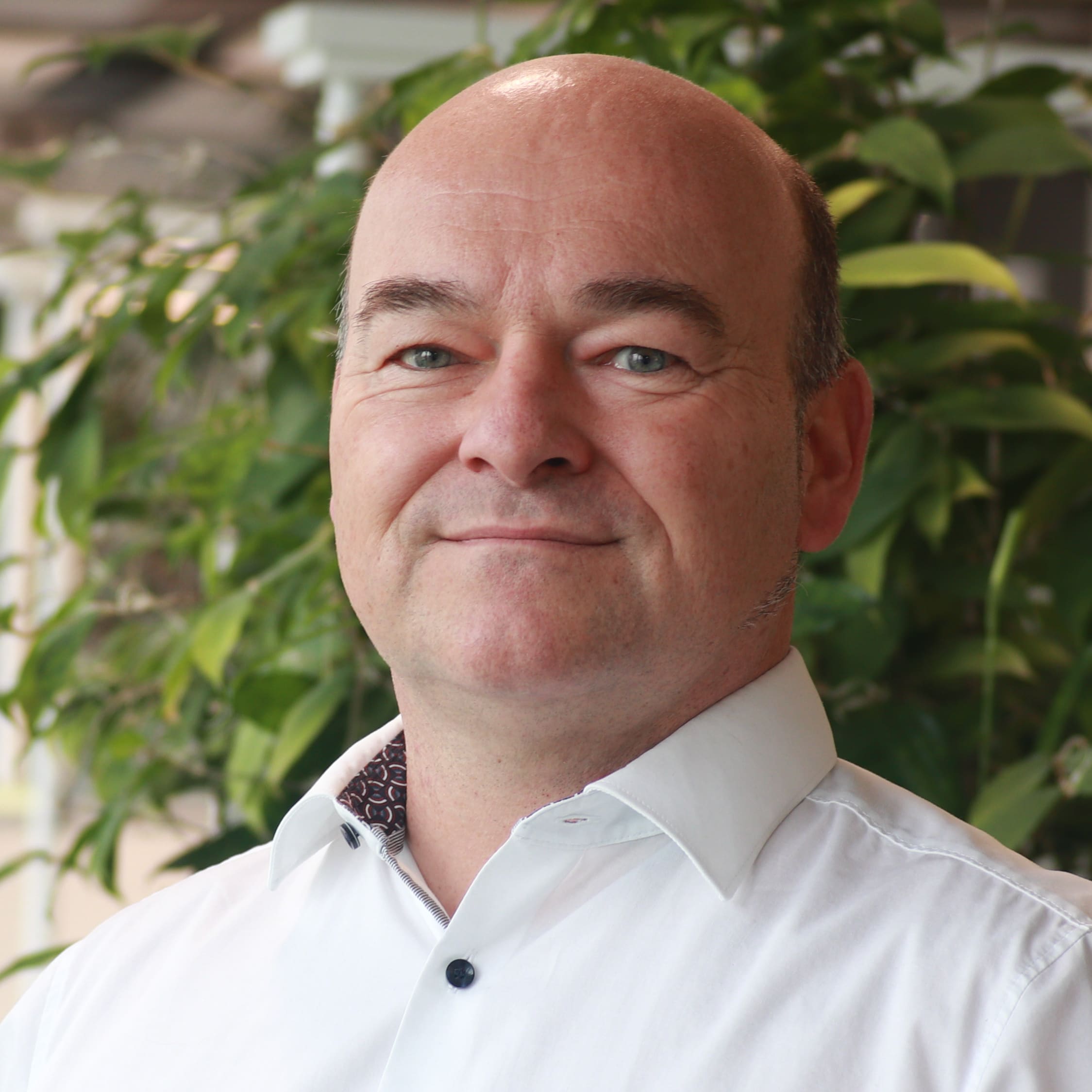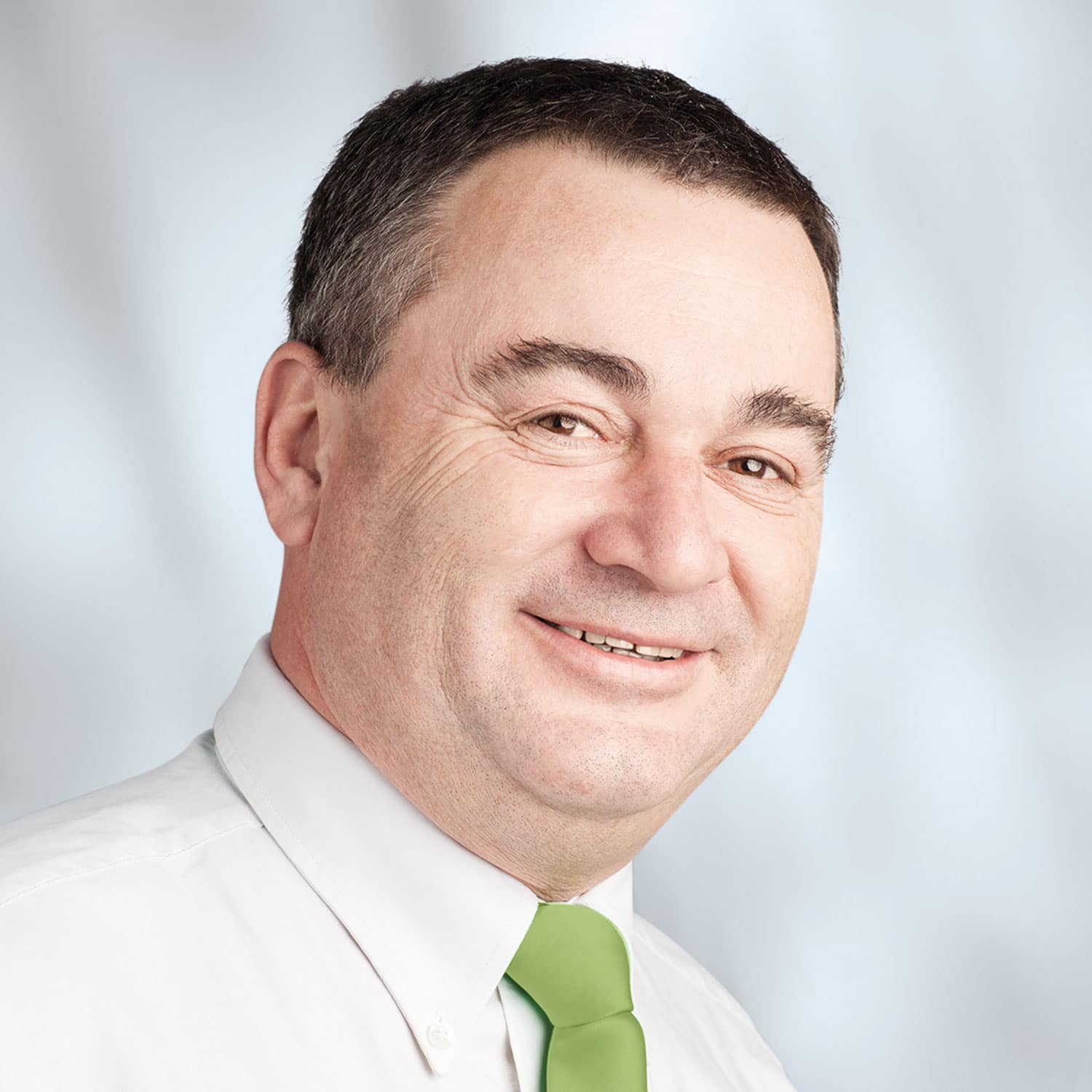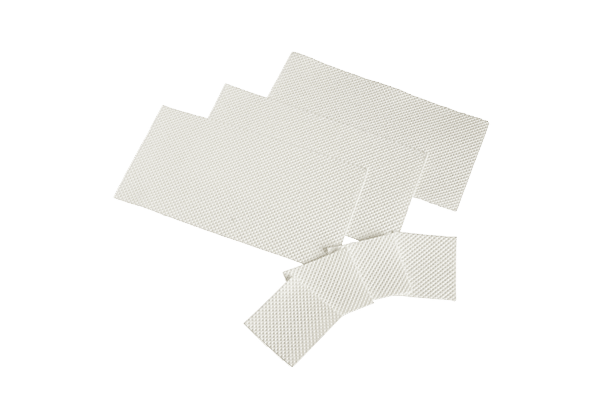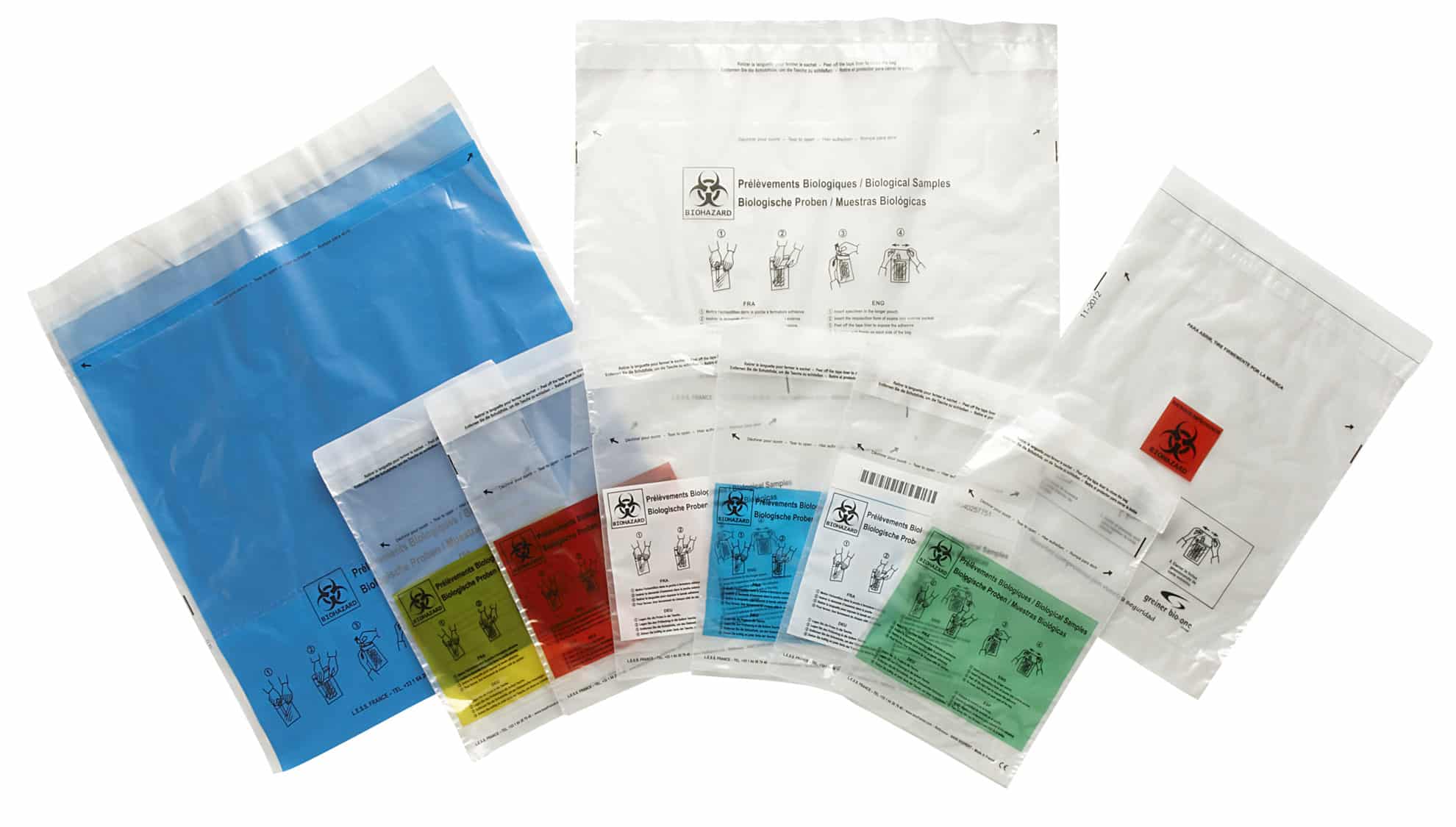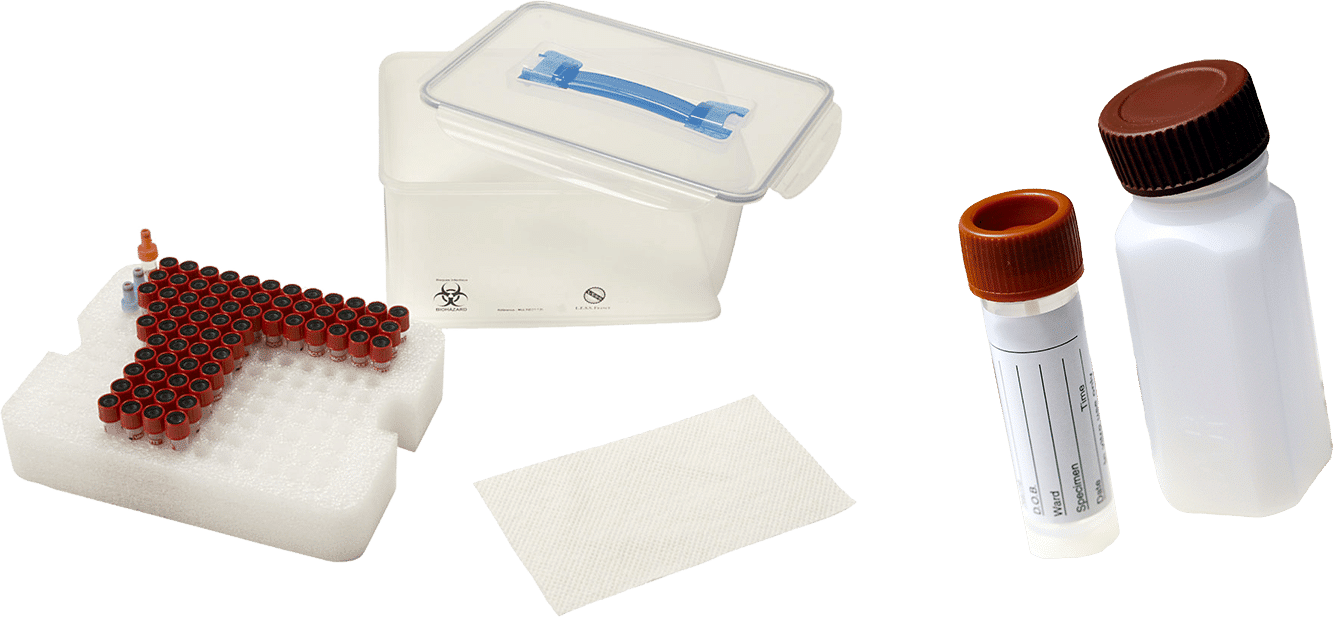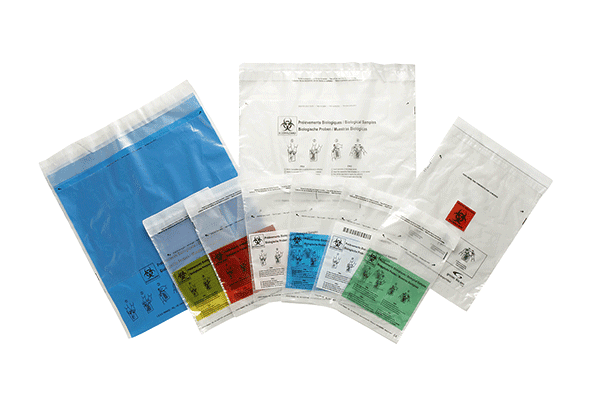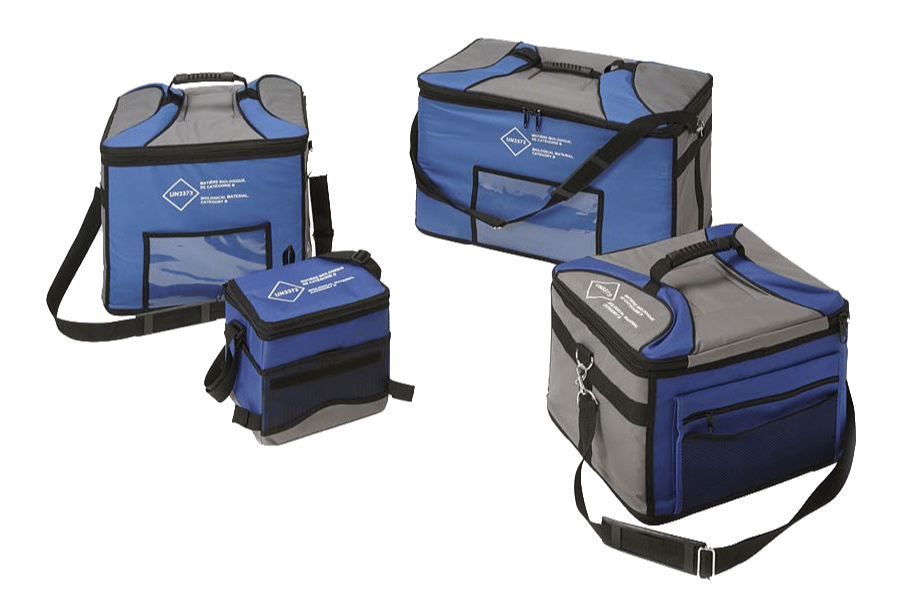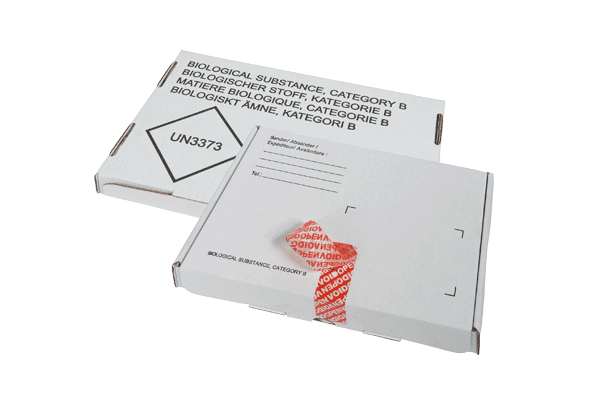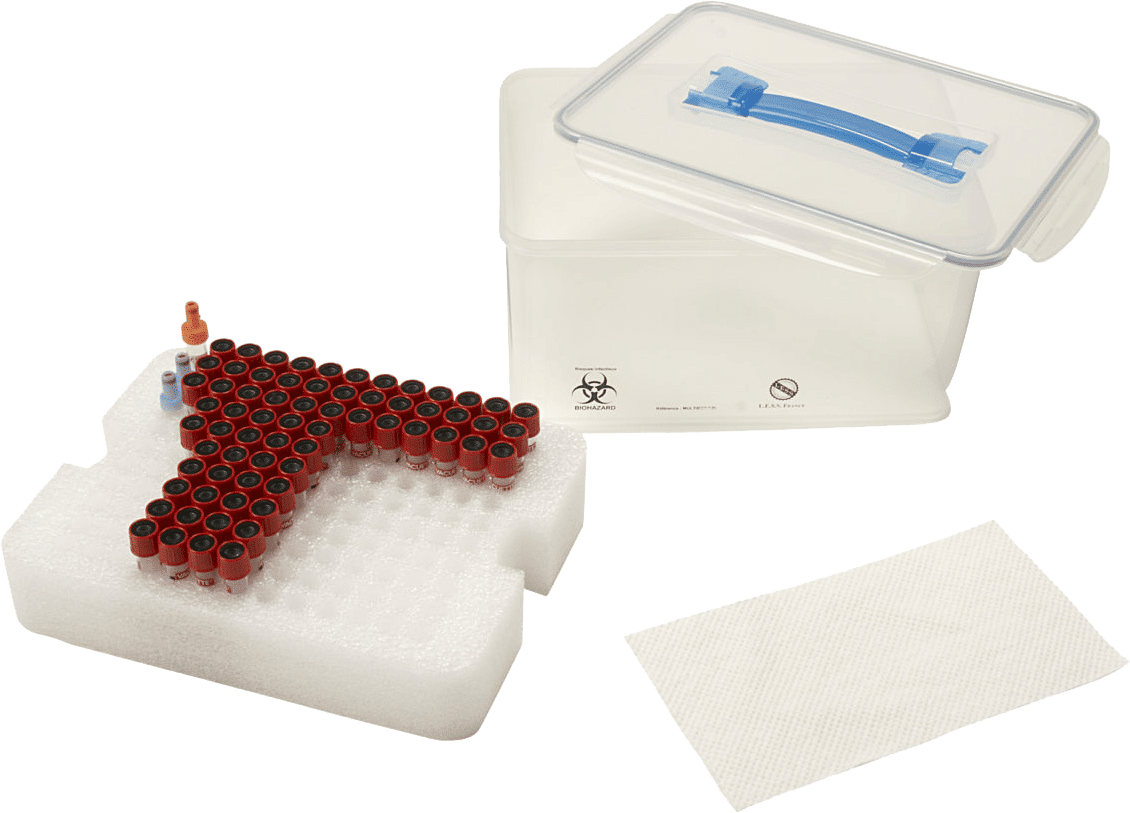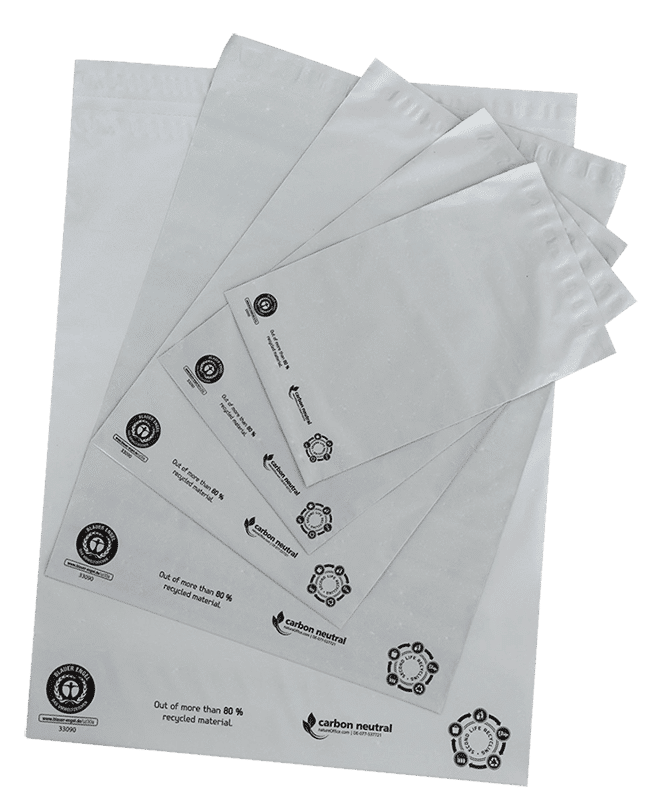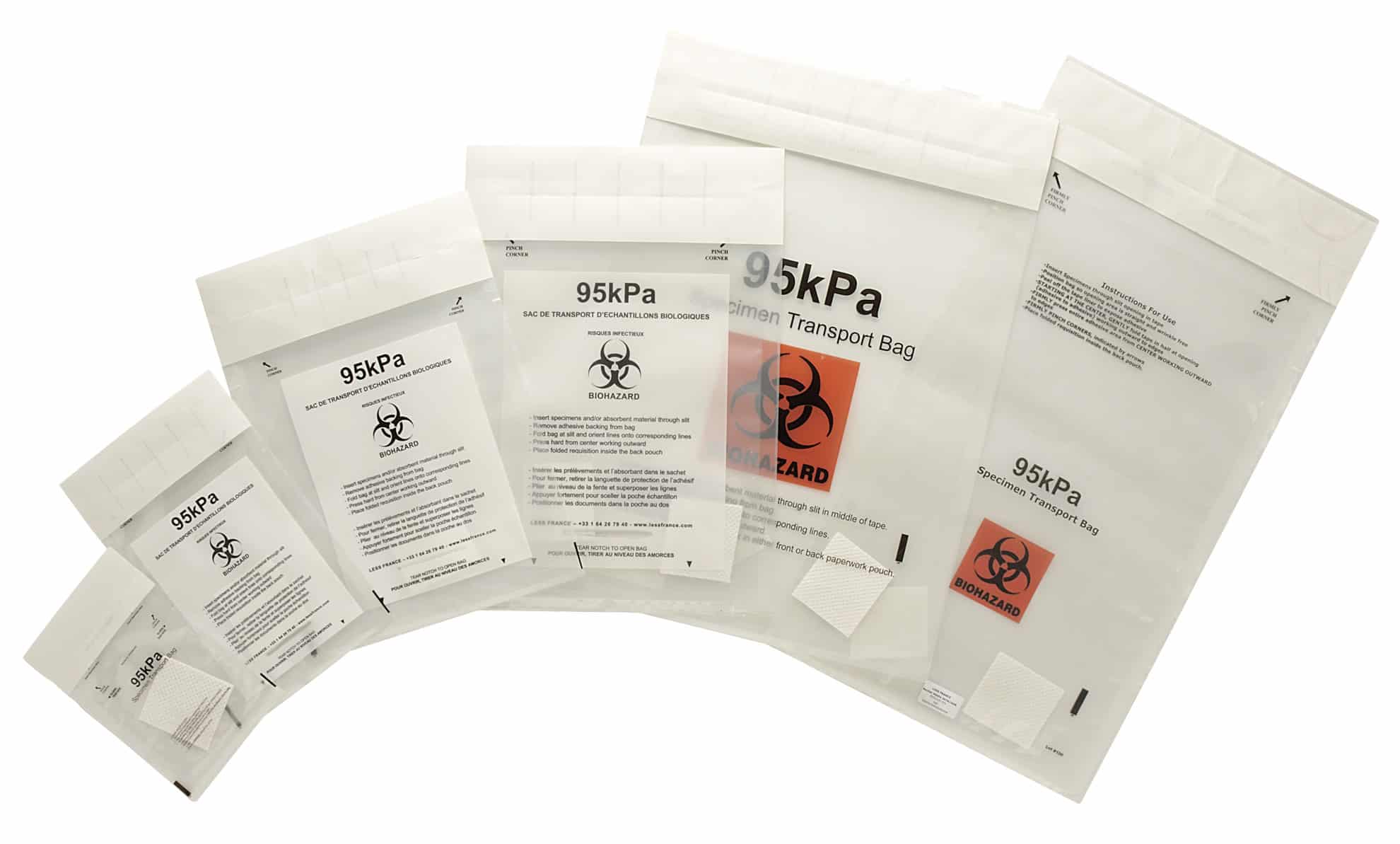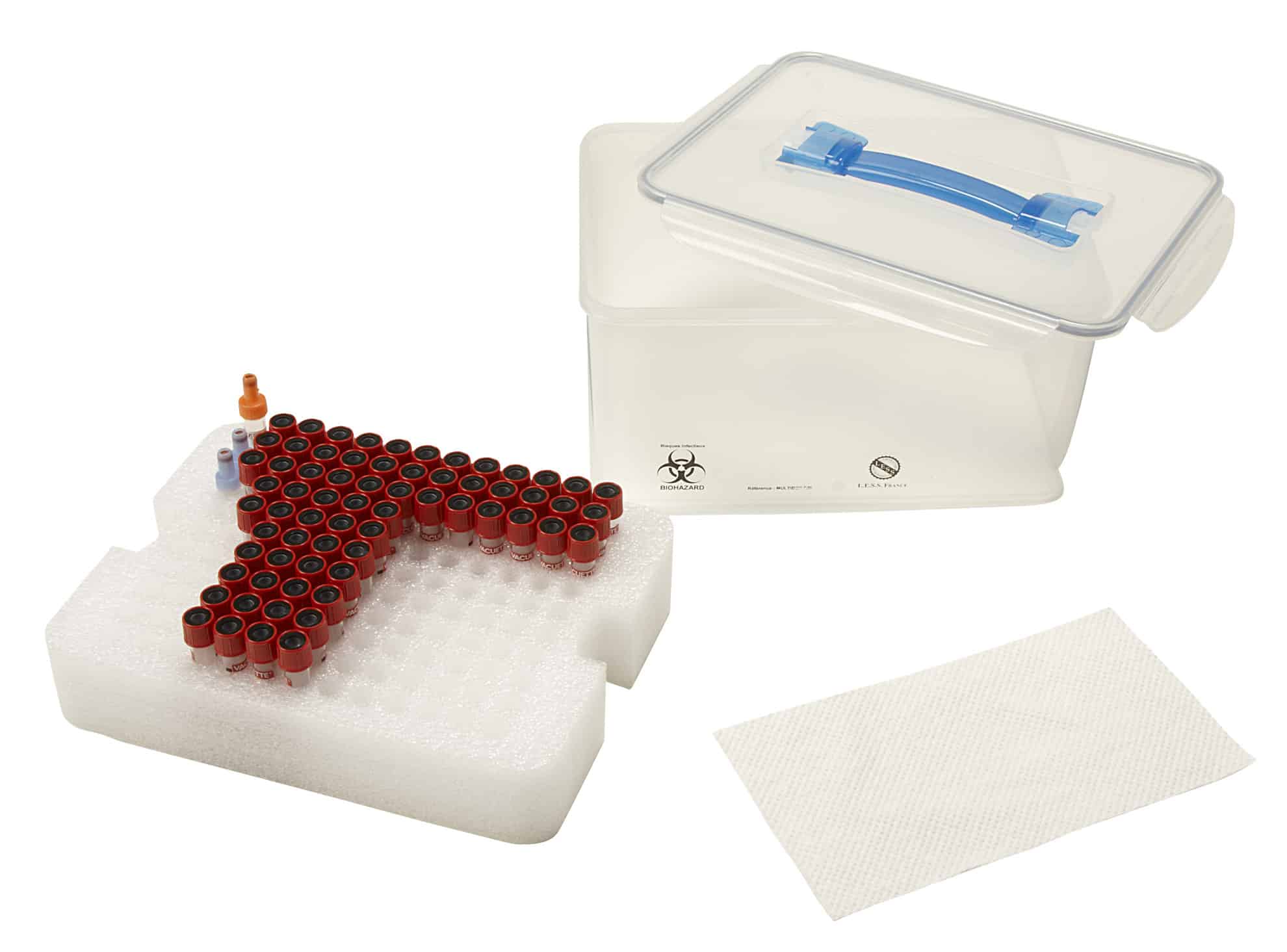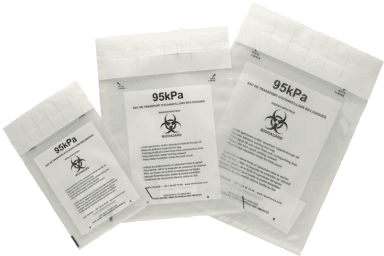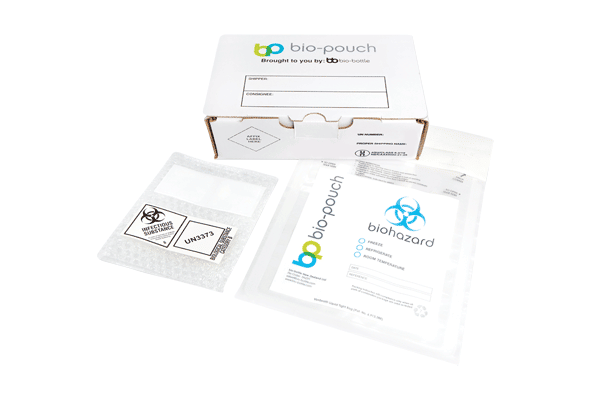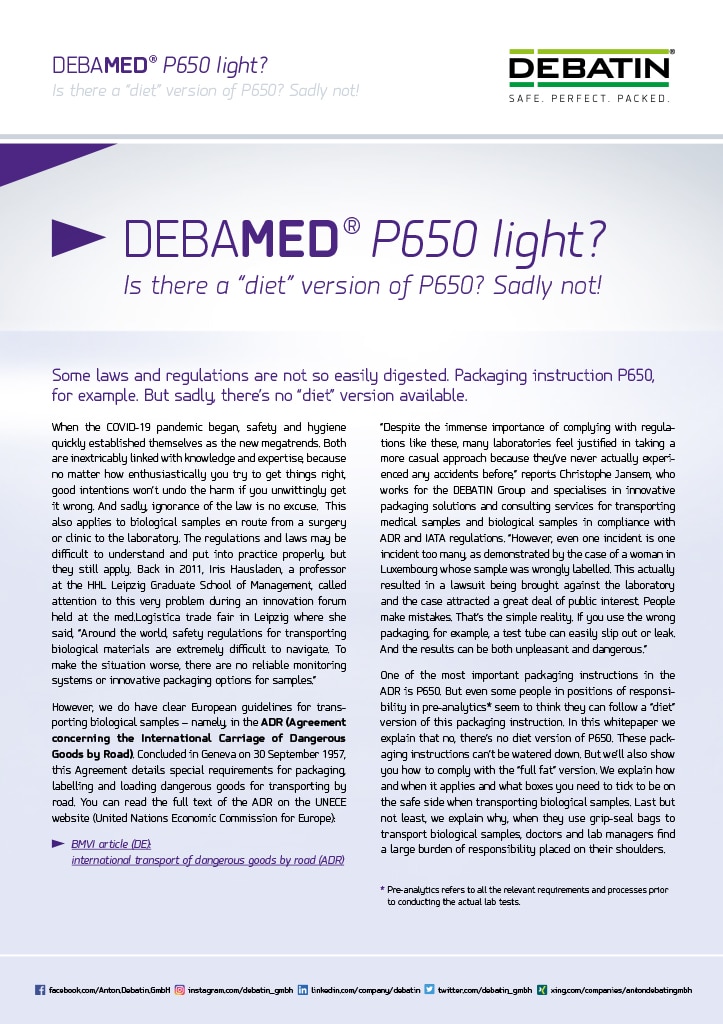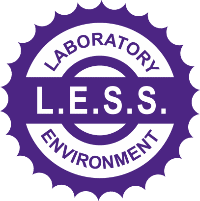P650 – Packaging experts show you how it’s done:
Although labs and surgeries regularly transport medical samples, most have never bothered getting to grips with their different options for packaging materials. Nonetheless, they’re the ones who face the music if anything goes wrong…
The good news is, you’re not alone! We will:
- Show you how to package primary receptacles that can’t withstand a pressure difference of 95 kPa
- Answer your questions about P650- and P620-compliant packaging
- Tell you more about exempt human specimens / exempt animal specimens
- Help you get to grips with the ADR (Agreement concerning the International Carriage of Dangerous Goods by Road)
- Help you honour your commitment to sustainability and make your lab “greener”
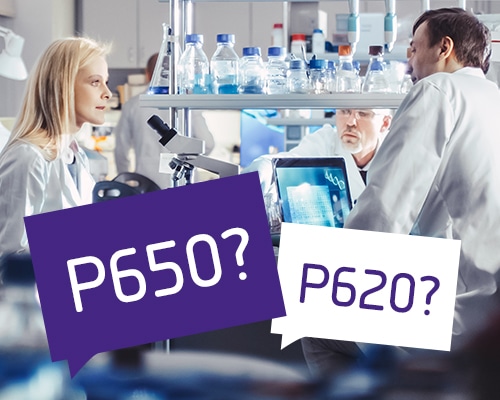
We’ve got lots of tips and guidelines ready and waiting for you.
Learn more about the legal framework and find products that comply with the legal requirements. Jump straight to the sections that interest you most! We’ve included lots of helpful links to provide all the extra information you need.
But first things first – let’s start at the very beginning…
Packaging must always consist of three components:
1. Primary receptacles / sample holders
These are waterproof receptacles that can be used for biological samples such as secretions, blood, urine and body tissue.
Here are some examples of primary receptacles:
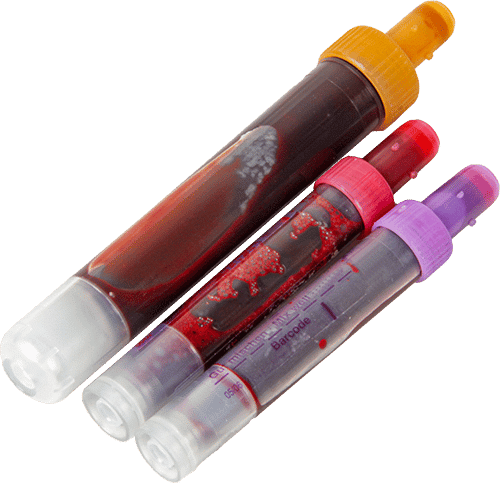
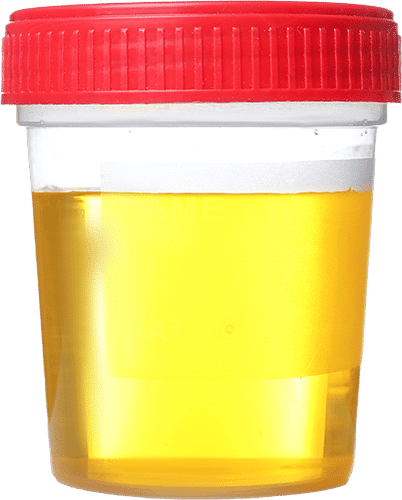
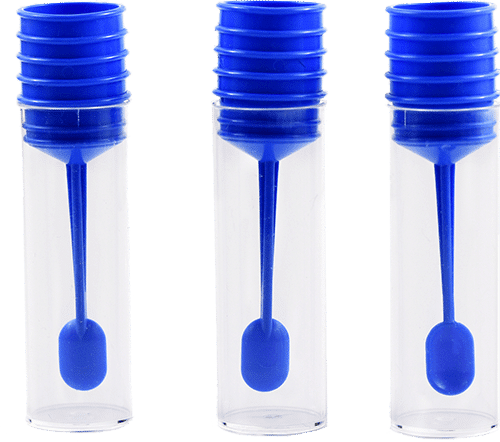
Safety first!
Absorbent material must be inserted between the primary receptacle and the secondary packaging. This must be sufficient to absorb the entire contents of the primary receptacle in the event of an incident, thus preventing liquid substances from damaging the padding or the outer packaging.
Example: DEBAMED® Absorber or Speci-Sorb
It’s important from here on to know whether your primary receptacle is suitable for 95 kPa.
You’ll find the relevant information in the product description or data sheet. Many suppliers also include their own confirmation with the delivery. We recommend you check that suitability was certified by an independent body.
Carry on reading at either 2.a. suitable/certified for 95 kPa or 2.b. NOT suitable/certified for 95 kPa.
2.a. Secondary packaging
for 95-kPa-suitable primary receptacles
for 95-kPa-suitable primary receptacles
Like the primary receptacle, secondary packaging must always be waterproof. However, it does not have to be able to withstand an internal pressure of 95 kPa.
Depending on your choice of secondary packaging, you then have various options for the outer packaging. Guidelines: flexible secondary packaging must be packaged in rigid outer packaging. Conversely, rigid secondary packaging may be packaged in flexible outer packaging. All secondary packaging must comply with the UN3373 standard (label or stamp on the packaging).
To illustrate the idea, we’ll now look at two possible options in greater detail.
Flexible secondary packaging
Example: DEBAMED® Speci-Bag as secondary packaging and DEBAMED® Lab-Box or DEBAMED® Postal-Pak as outer packaging.
DEBAMED® Speci-Bags are designed for transporting samples internally in hospitals, or as secondary packaging for transporting category B biological substances (UN3373). They’re also ideal for transporting exempt human or animal specimens. When used correctly, these bags comply with ADR requirements / Packaging Instruction P650.
Because this secondary packaging is flexible, you must combine it with rigid outer packaging bearing the UN3373 label or stamp.
Rigid secondary packaging
Example: DEBAMED® Multi-Box as secondary packaging and DEBAPOST® Second Life with UN3373 label as outer packaging.
DEBAMED® Multi-Boxes can be used for transporting samples internally in hospitals, or as the prescribed rigid secondary packaging for transporting category B biological substances (UN3373). They’re also ideal for transporting exempt human or animal specimens. When used correctly, these boxes comply with ADR requirements / Packaging Instruction P650.
Because this secondary packaging is rigid, you can combine it with flexible outer packaging bearing the UN3373 label or stamp.
Now you know everything you need to know about secondary packaging!
Let’s move on to 3. Outer packaging.
2.b. Secondary packaging
for primary receptacles that are NOT suitable for 95 kPa
Again, the secondary packaging must be waterproof. However, it does have to be able to withstand internal pressure of 95 kPa. Maybe you don’t know whether or not the packaging is suitable for 95 kPa? We recommend you request a certificate from an independent testing institute!
Depending on your choice of secondary packaging, you then have various options for the outer packaging. Guidelines: flexible secondary packaging must be packaged in rigid outer packaging. Conversely, rigid secondary packaging may be packaged in flexible outer packaging. All secondary packaging must comply with the UN3373 standard (label or stamp on the packaging).
To illustrate the idea, we’ll now look at two possible options in greater detail.
Flexible secondary packaging
Example: DEBAMED® Speci-Bag 95kPa as secondary packaging and DEBAMED® Lab-Box or DEBAMED® Postal-Pak as outer packaging.
DEBAMED® Speci-Bag 95kPa bags are designed as secondary packaging for transporting category B biological substances (UN3373) by road or air. They comply with the international and European standards and guidelines for the transport of infectious substances (ADR – IATA – WHO – Packaging Instruction P650). The waterproof samples bags must be able to withstand internal pressures of up to 95 kPa (0.95 bar / 14 psi) without leakage or loss of content.
Because this secondary packaging is flexible, you must combine it with rigid outer packaging bearing the UN3373 label or stamp.
Rigid secondary packaging
Example: DEBAMED® Multi-Box as secondary packaging and DEBAPOST® Second Life with UN3373 label as outer packaging.
DEBAMED® Multi-Boxes can be used for transporting samples internally in hospitals, or as the prescribed rigid secondary packaging for transporting category B biological substances (UN3373). They’re also ideal for transporting exempt human or animal specimens. When used correctly, these boxes comply with ADR requirements / Packaging Instruction P650.
Because this secondary packaging is rigid, you can combine it with flexible outer packaging bearing the UN3373 label or stamp.
Now you know everything you need to know about secondary packaging!
Let’s move on to 3. Outer packaging.
3. Outer packaging
Please make sure you’ve read the relevant information in 2.a. for 95 kPa-suitable packaging or 2.b. for packaging that is NOT suitable/certified for 95 kPa to see which outer packaging you have to use in combination with your secondary packaging. Rigid or flexible? Hopefully you should now know the answer!
The next step is to define more specifications for your outer packaging:
- What size do you need? Please note that one surface must measure at least 100×100 mm!
- Do you need to transport your samples in rigid outer packaging AND at a constant temperature?
- Would you like an all-in-one solution where no additional packaging is required?
- Do you want to monitor the temperature inside the bag with a temperature probe?
- Do you need to use eutectic plates?
- Does the parcel need to fit in a letter box?
- Do you need help selecting the correct products?
You’ll find answers to these questions in the product data sheets that accompany each product! There are various options ranging from insulated, reinforced bags such as our DEBAMED® Lab-Boxes to rigid boxes from our DEBAMED® Postal-Pak range. We also offer all-in-one packages such as the DEBAMED® Flexible Bio-Box.
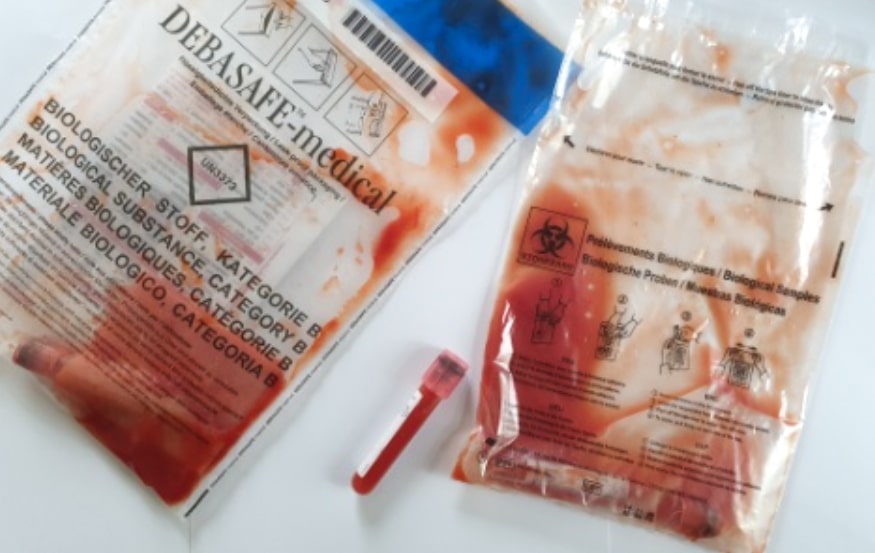
You’ve never had any accidents or incidents in your laboratory before?
Lucky you! … And here’s hoping it stays that way!
Do you have to send ADR-compliant shipments? We’ve compiled a list of all the important things you need to know about this crucial packaging regulation:
- Incidents to avoid at all costs
- The big differences between P650 and P620
- What happens if something leaks
- Why P650 is good for occupational safety
Download our free white paper “DEBAMED® Is there a “diet” version of P650? Sadly not!”
Our experts are here to help
As packaging manufacturers, we understand the challenges you face. From an early date, we immersed ourselves in the subject to gain a clear understanding of the processes in which our products are used. We aim to provide your lab or surgery with solutions, not just mailing bags! As a carbon-neutral company, we can manufacture carbon-neutral products to order to meet your specific requirements. Contact us for more detail, or if you’re looking to make your lab greener!
Simply get in touch with the experts in the DEBATIN Group. We offer our advice with no strings attached, and will be happy to answer your questions.
